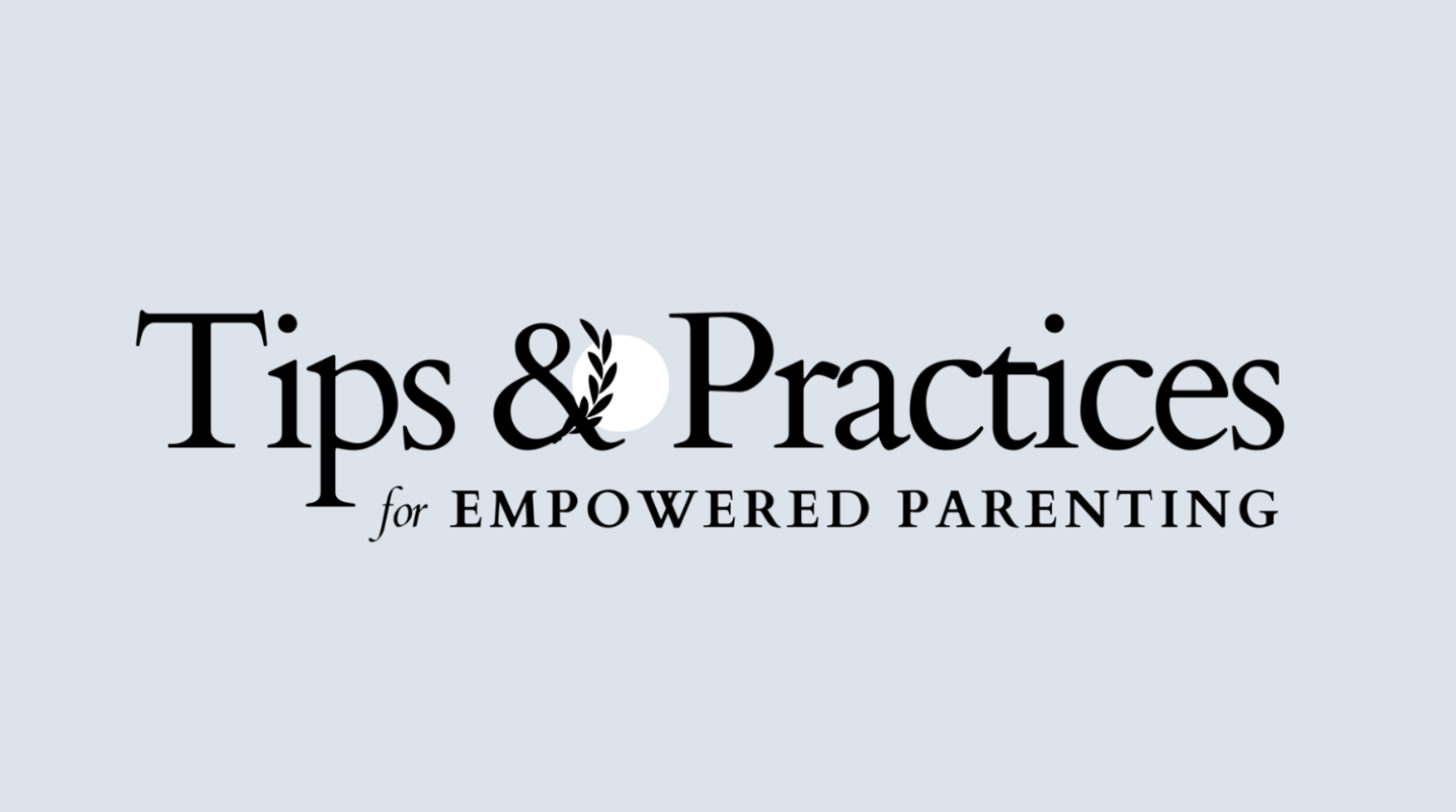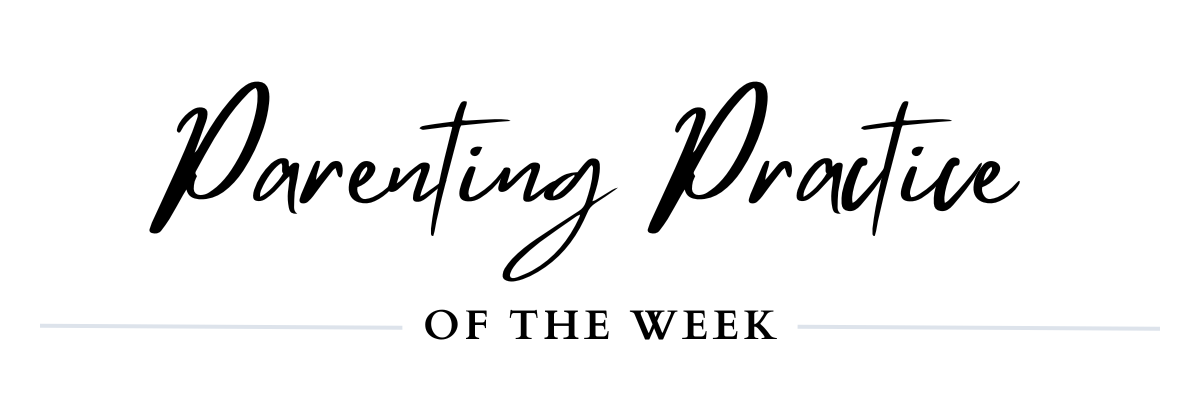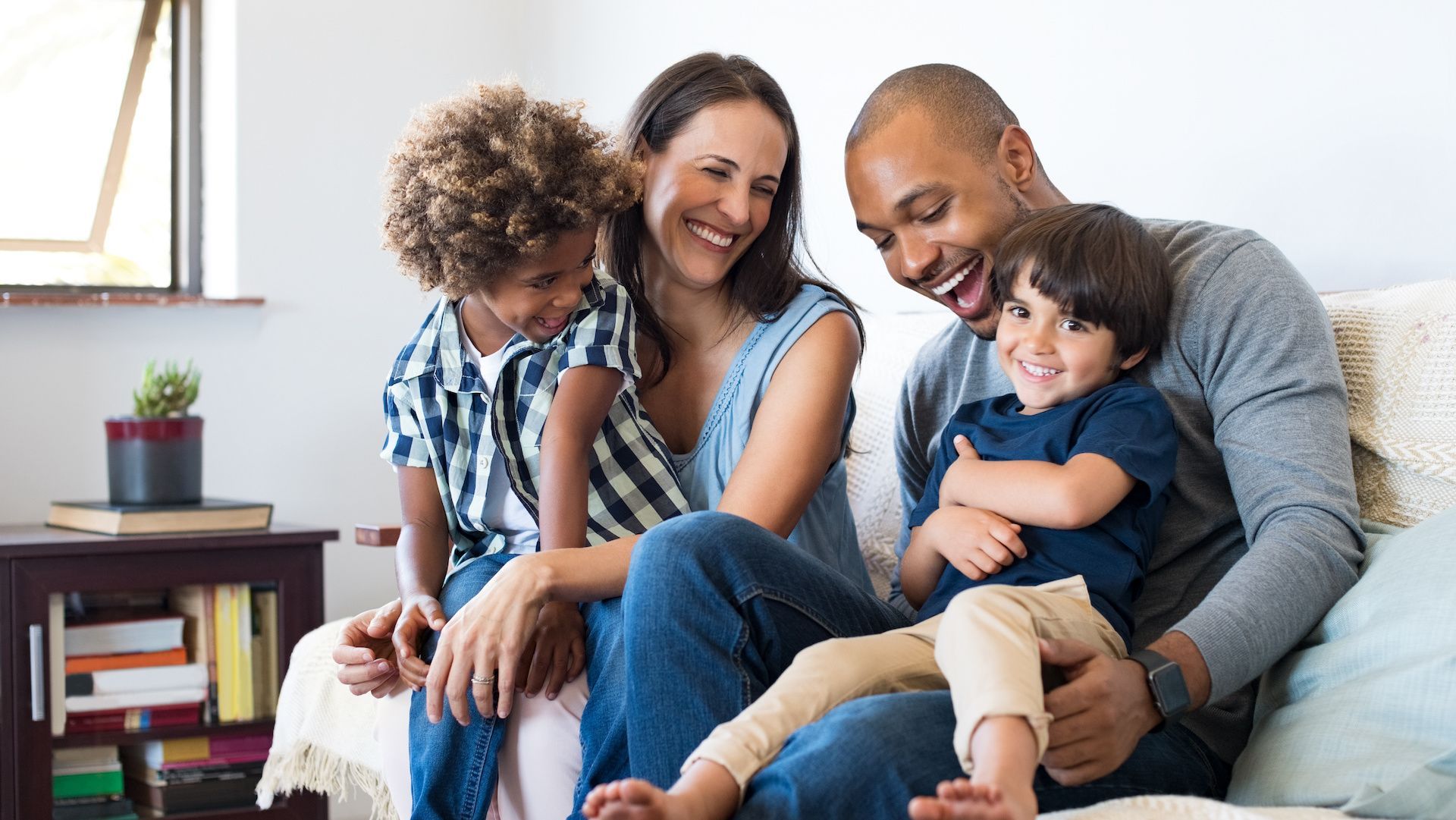Asking “What’s here?”

It happens so quickly…
Your child bursts into tears. You don’t even know why. Maybe they stubbed a toe, or a sibling said something mean.
You hear the sobs and feel your body tense. You rush in.
“What’s wrong?” you ask… maybe a little too urgently.
Your child cries harder. Maybe they turn away or can’t find the words at all.
We have the best intentions when we jump in. We want to understand, to help, to make it better. But in our rush to fix, we sometimes miss what they might need most in that moment…
To feel seen. To feel safe.

"What's Wrong" to "What's Here?"
Words shape moments. And in tender moments with our kids, the words we choose can either open or close the door to connection.
When a child is upset, asking
“What’s wrong?” comes naturally. But that question can land as pressure. It can feel too sharp, too fast, too focused on fixing.
It can make a child feel like they need to explain or make sense of something they’re still
feeling.
It also cues
our own nervous systems that something’s wrong, which can heighten everyone’s stress.
Instead, try asking
“What’s here?”
Or skip the words altogether. Soften your body. Offer your eyes. Let your presence say,
“I’m with you.”
When the moment begins to settle, you might gently add:
- “Would it help to sit together for a minute?”
- “I see you. I’m here when you’re ready.”
- “You don’t have to talk yet. Let’s just be together.”
In doing so, we stop trying to solve the moment and start meeting it.
Why It Works:
When a child is upset, their nervous system is flooded. Their brain shifts from reasoning to survival, prioritizing safety over language. It’s not defiance; it’s biology.
By pausing and softening, we help shift the moment from reactivity to connection. Our calm presence invites regulation. first in us, then in them.
“What’s here?” becomes an invitation, not a demand. It meets the child where they are, without needing to change them. And from that safety, trust grows.
When a child feels safe, their body can settle, their heart can open, and their words will come naturally, in their own time.
Through the Coach Lens:
As coaches, we can help parents become aware of what happens inside
them when their child’s emotions rise.
Many were raised in homes where big feelings were dismissed or quickly “fixed.”
Without judgment, we can invite curiosity around those inherited patterns:
- What happens in me when my child cries?
- What story do I tell myself about what I need to
do?
- What might shift if I trusted presence more than solutions?
When parents practice small shifts in language, like moving from “What’s wrong?” to “What’s here?”, they begin to rewire old patterns of urgency and replace them with connection.
It’s not just new words; it’s a new way of being.
Moments of distress don’t call for perfect words. They call for our steady presence.
When we slow down, soften our gaze, and stay curious about what’s here, we make room for connection to lead the way.
And from that connection, everything else becomes possible.
Thank you for walking this path of conscious parenting with us. We’re honored to be beside you, learning, growing, and remembering what love feels like when it’s calm, patient, and real.
Share This Article:
Curious for more?














